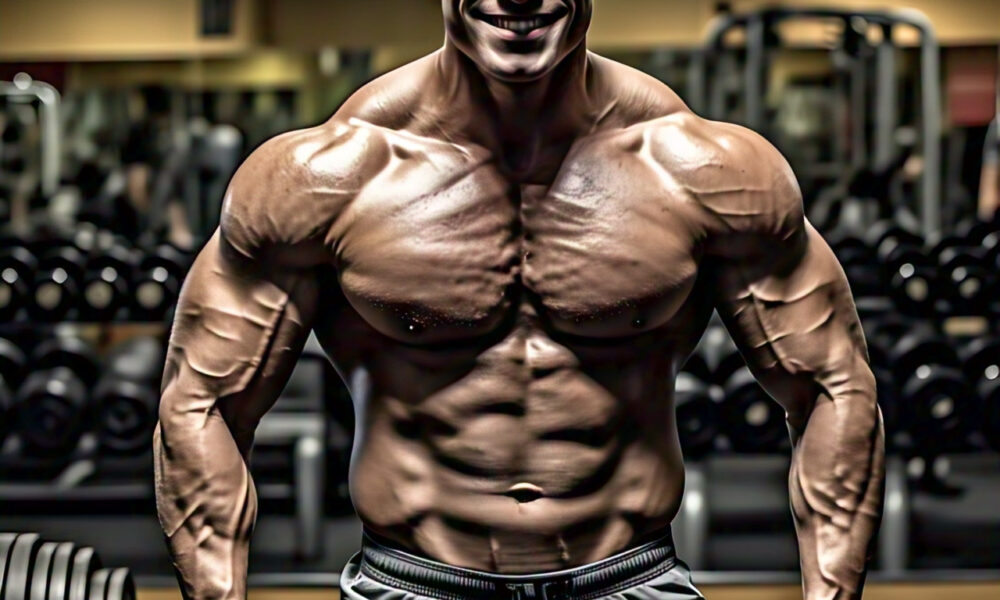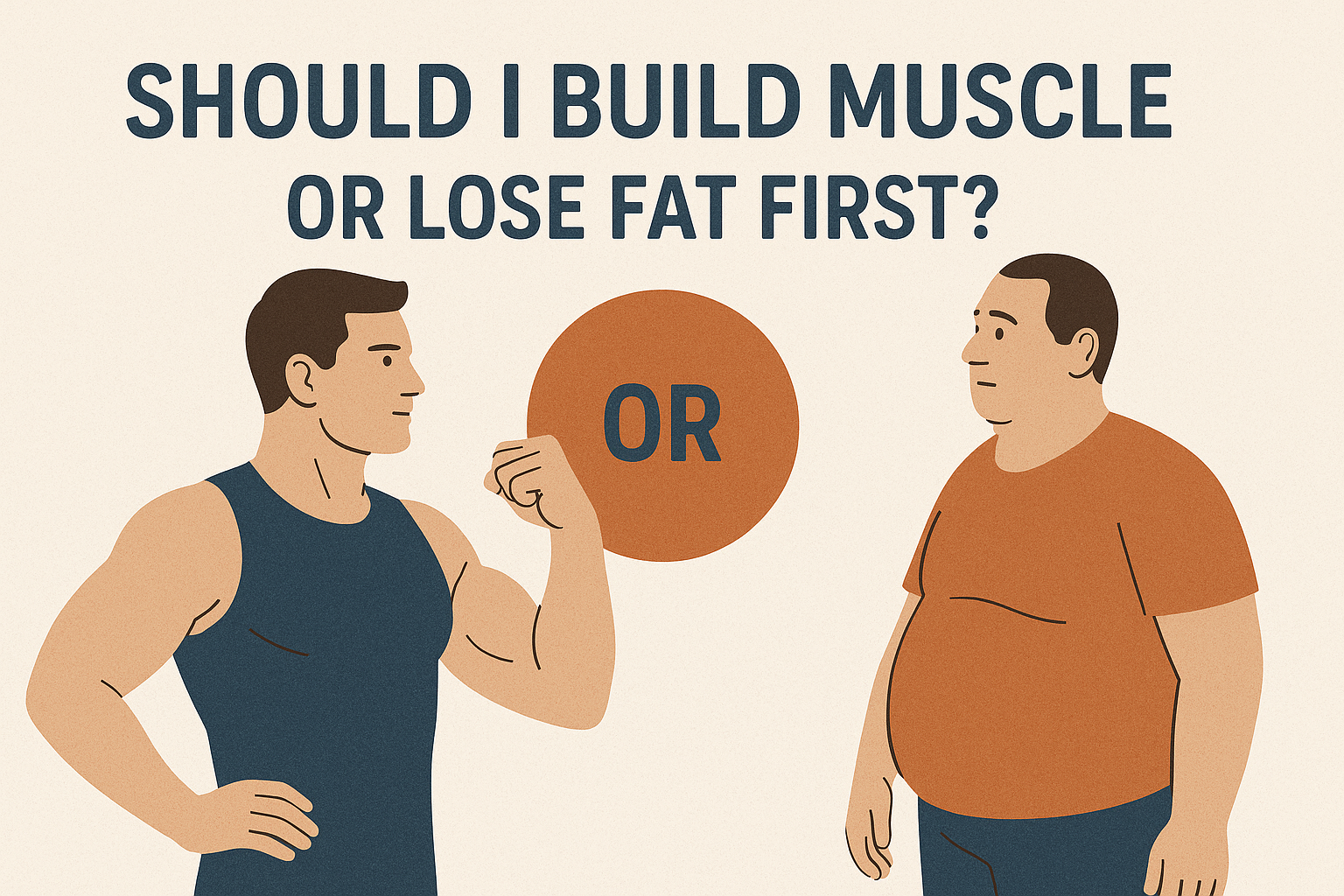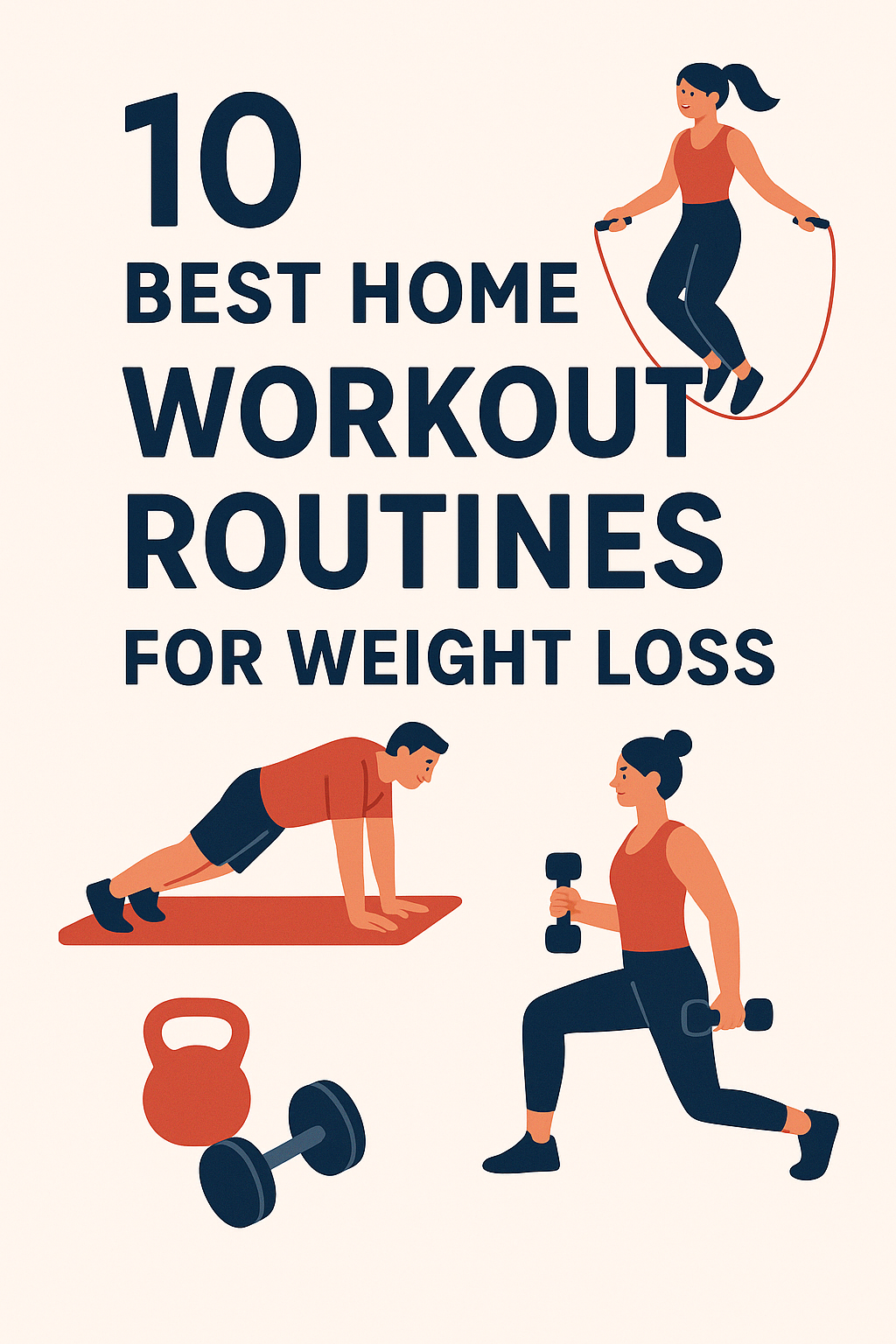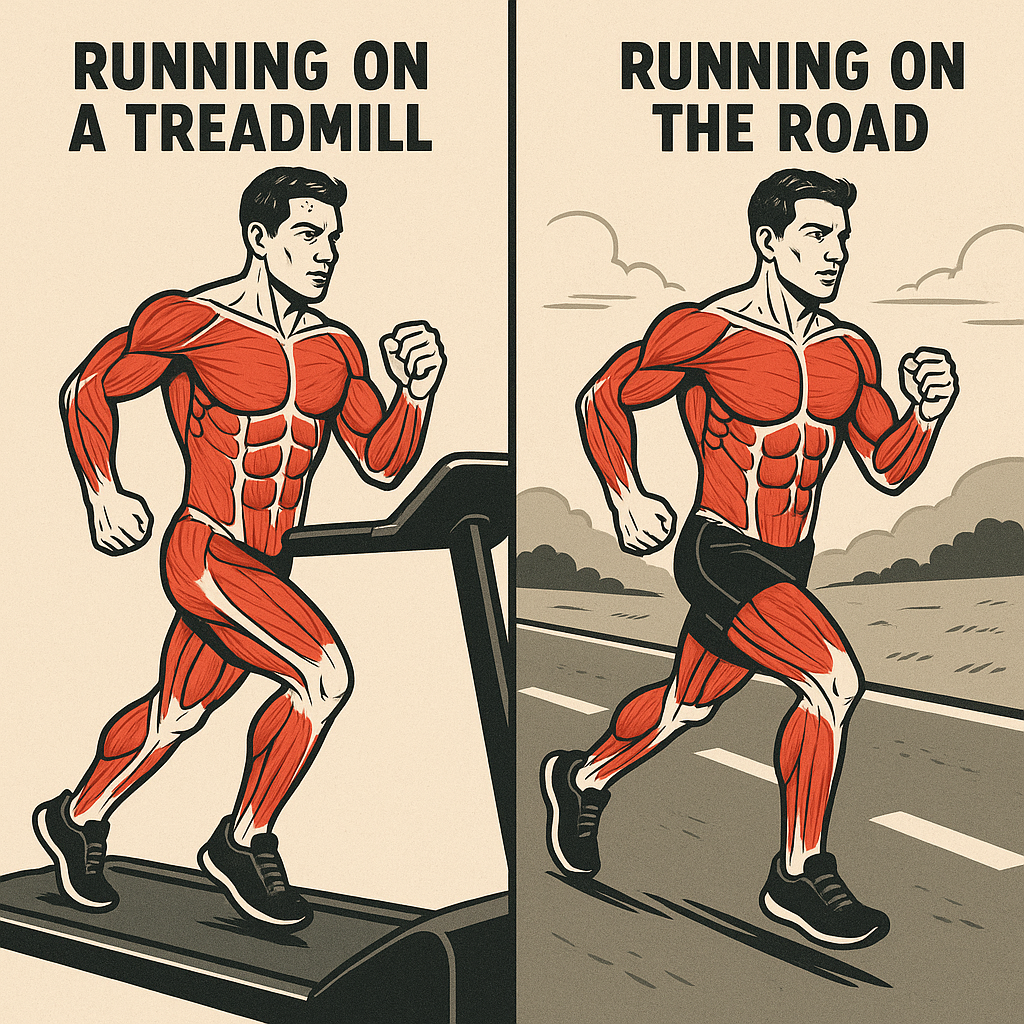The Importance of Chest Exercises for a Stronger Upper Body
When it comes to building a stronger upper body, chest exercises are a crucial part of any workout routine. The chest muscles, also known as the pectoralis major, play a vital role in movements such as pushing, lifting, and throwing. Developing strong chest muscles can improve overall athletic performance, enhance posture, and even boost confidence.
Why Targeting the Chest Muscles is Essential
The chest muscles are composed of two main parts: the sternal head (chest muscle) and the clavicular head (upper chest muscle). Targeting both parts of the chest muscles is essential for achieving overall chest development and a stronger upper body. By incorporating a variety of chest exercises into your workout routine, you can:
Improve athletic performance: Strong chest muscles can enhance performance in sports and activities that involve pushing, lifting, and throwing.
Enhance posture: Developing strong chest muscles can help improve posture by pulling the shoulders back and opening up the chest.
Boost confidence: A well-developed chest can boost confidence and self-esteem, especially when combined with a strong and toned upper body.
Preview: The Top 10 Chest Exercises for a Stronger Upper Body
In this post, we’ll cover the top 10 chest exercises that can help you build a stronger upper body. These exercises are designed to target both parts of the chest muscles, providing a comprehensive workout that can help you achieve your fitness goals. Whether you’re a beginner or an experienced weightlifter, these exercises can help you:
Build stronger chest muscles: Develop a stronger and more defined chest with these effective exercises.
Improve overall upper body strength: Enhance your overall upper body strength and athletic performance with these exercises.
Enhance muscle balance and stability: Improve muscle balance and stability by targeting both parts of the chest muscles.
Stay tuned as we dive into the top 10 chest exercises for a stronger upper body.
Warm-Up and Safety Precautions
The Importance of Warming Up Before a Chest Workout
Before starting any workout, including a chest workout, it’s essential to warm up properly. Warming up prepares your muscles for physical activity, increases blood flow, and reduces the risk of injury. A proper warm-up can also improve performance and enhance the overall effectiveness of your workout.
Examples of Warm-Up Exercises
Here are some examples of warm-up exercises you can do before a chest workout:
1. Cardio: 5-10 minutes of light cardio such as jogging on the treadmill, cycling on the stationary bike, or rowing on the rowing machine.
2. Dynamic Stretching: Dynamic stretches such as arm circles, leg swings, and torso twists can help increase blood flow and prepare your muscles for physical activity.
3. Mobility Exercises: Mobility exercises such as shoulder rolls, chest opens, and hip circles can help improve flexibility and range of motion.
Safety Precautions: Proper Form and Injury Prevention
When performing chest exercises, it’s essential to prioritize proper form and safety precautions to avoid injury. Here are some safety precautions to keep in mind:
1. Use a Spotter: When performing heavy lifts or exercises that require a spotter, make sure to use one. A spotter can help you maintain proper form and provide assistance if needed.
2. Avoid Overexertion: Don’t push yourself too hard, especially if you’re new to weightlifting or are trying a new exercise. Start with lighter weights and gradually increase the intensity as you become more comfortable.
3. Focus on Proper Form: Proper form is essential for avoiding injury and getting the most out of your workout. Focus on maintaining proper form throughout each exercise, even if it means using lighter weights.
4. Listen to Your Body: If you experience any pain or discomfort during a workout, stop immediately and rest. It’s better to err on the side of caution and prioritize your safety and well-being.
Conclusion
Warming up properly and prioritizing safety precautions are essential for a safe and effective chest workout. By incorporating warm-up exercises and prioritizing proper form and safety precautions, you can reduce your risk of injury and achieve your fitness goals.
Top 10 Chest Exercises
1. Bench Press: The King of Chest Exercises
The bench press is a classic upper body exercise that targets the chest muscles, specifically the pectoralis major. It’s a compound exercise that also engages the shoulders and triceps, making it a great exercise for overall upper body development.
Proper Form and Technique:
1. Lie on a flat bench: Lie on a flat bench with your feet planted firmly on the ground.
2. Grip the bar: Grip the bar with your hands slightly wider than shoulder-width apart.
3. Lower the bar: Lower the bar to your chest, keeping your elbows close to your body.
4. Press the bar: Press the bar upwards, extending your arms fully.
How it Targets the Chest Muscles:
The bench press targets the chest muscles by:
Stretching the chest muscles: The bench press stretches the chest muscles, particularly the pectoralis major, as you lower the bar to your chest.
Contracting the chest muscles: The bench press contracts the chest muscles as you press the bar upwards, extending your arms fully.
2. Dumbbell Chest Press: A Variation of the Bench Press
The dumbbell chest press is a variation of the bench press that uses dumbbells instead of a barbell. It’s a great exercise for targeting the chest muscles, particularly the pectoralis major.
Proper Form and Technique:
1. Lie on a flat bench: Lie on a flat bench with your feet planted firmly on the ground.
2. Hold the dumbbells: Hold the dumbbells with your palms facing forward.
3. Press the dumbbells: Press the dumbbells upwards, extending your arms fully.
4. Lower the dumbbells: Lower the dumbbells to your sides, keeping your elbows close to your body.
How it Targets the Chest Muscles:
The dumbbell chest press targets the chest muscles by:
Stretching the chest muscles: The dumbbell chest press stretches the chest muscles, particularly the pectoralis major, as you lower the dumbbells to your sides.
Contracting the chest muscles: The dumbbell chest press contracts the chest muscles as you press the dumbbells upwards, extending your arms fully.
3. Incline Bench Press: Targeting the Upper Chest Muscles
The incline bench press is a variation of the bench press that targets the upper chest muscles, particularly the pectoralis major. It’s a great exercise for building a stronger and more defined upper chest.
Proper Form and Technique:
1. Adjust the incline bench: Adjust the incline bench to a 30-45 degree angle.
2. Lie on the incline bench: Lie on the incline bench with your feet planted firmly on the ground.
3. Grip the bar: Grip the bar with your hands slightly wider than shoulder-width apart.
4. Press the bar: Press the bar upwards, extending your arms fully.
How it Targets the Upper Chest Muscles:
The incline bench press targets the upper chest muscles by:
Stretching the upper chest muscles: The incline bench press stretches the upper chest muscles, particularly the pectoralis major, as you lower the bar to your chest.
Contracting the upper chest muscles: The incline bench press contracts the upper chest muscles as you press the bar upwards, extending your arms fully.
4. Decline Bench Press: Targeting the Lower Chest Muscles
The decline bench press is a variation of the bench press that targets the lower chest muscles, particularly the pectoralis major. It’s a great exercise for building a stronger and more defined lower chest.
Proper Form and Technique:
1. Adjust the decline bench: Adjust the decline bench to a 30-45 degree angle.
2. Lie on the decline bench: Lie on the decline bench with your feet planted firmly on the ground.
3. Grip the bar: Grip the bar with your hands slightly wider than shoulder-width apart.
4. Press the bar: Press the bar upwards, extending your arms fully.
How it Targets the Lower Chest Muscles:
The decline bench press targets the lower chest muscles by:
Stretching the lower chest muscles: The decline bench press stretches the lower chest muscles, particularly the pectoralis major, as you lower the
6. Cable Crossovers: A Great Exercise for Targeting the Chest Muscles
The cable crossovers exercise is a great way to target the chest muscles, particularly the pectoralis major. It’s a isolation exercise that uses cables to provide a smooth and consistent resistance.
Proper Form and Technique:
1. Stand facing the cable machine: Stand facing the cable machine with the cables at chest height.
2. Grip the handles: Grip the handles with your palms facing downwards.
3. Press the handles: Press the handles together, extending your arms fully.
4. Return to the starting position: Return to the starting position, keeping your arms straight.
How it Targets the Chest Muscles:
The cable crossovers exercise targets the chest muscles by:
Stretching the chest muscles: The cable crossovers exercise stretches the chest muscles, particularly the pectoralis major, as you press the handles together.
Contracting the chest muscles: The cable crossovers exercise contracts the chest muscles as you return to the starting position.
7. Push-Ups: A Classic Exercise for Building Chest Strength
Push-ups are a classic exercise for building chest strength and targeting the pectoralis major. They’re a compound exercise that also engages the shoulders, triceps, and core muscles.
Proper Form and Technique:
1. Start in a plank position: Start in a plank position with your hands shoulder-width apart and your feet hip-width apart.
2. Lower your body: Lower your body until your chest almost touches the ground.
3. Push back up: Push back up to the starting position, extending your arms fully.
How it Targets the Chest Muscles:
Push-ups target the chest muscles by:
Stretching the chest muscles: Push-ups stretch the chest muscles, particularly the pectoralis major, as you lower your body.
Contracting the chest muscles: Push-ups contract the chest muscles as you push back up to the starting position.
8. Dumbbell Pullovers: A Great Exercise for Targeting the Upper Chest Muscles
The dumbbell pullovers exercise is a great way to target the upper chest muscles, particularly the pectoralis major. It’s a isolation exercise that uses dumbbells to provide a smooth and consistent resistance.
Proper Form and Technique:
1. Lie on a flat bench: Lie on a flat bench with your feet planted firmly on the ground.
2. Hold the dumbbells: Hold the dumbbells over your chest with your palms facing each other.
3. Lower the dumbbells: Lower the dumbbells behind your head, keeping your arms straight.
4. Return to the starting position: Return to the starting position, keeping your arms straight.
How it Targets the Upper Chest Muscles:
The dumbbell pullovers exercise targets the upper chest muscles by:
Stretching the upper chest muscles: The dumbbell pullovers exercise stretches the upper chest muscles, particularly the pectoralis major, as you lower the dumbbells.
Contracting the upper chest muscles: The dumbbell pullovers exercise contracts the upper chest muscles as you return to the starting position.
9. Incline Dumbbell Press: A Great Exercise for Targeting the Upper Chest Muscles
The incline dumbbell press exercise is a great way to target the upper chest muscles, particularly the pectoralis major. It’s a compound exercise that also engages the shoulders and triceps.
Proper Form and Technique:
1. Adjust the incline bench: Adjust the incline bench to a 30-45 degree angle.
2. Lie on the incline bench: Lie on the incline bench with your feet planted firmly on the ground.
3. Hold the dumbbells: Hold the dumbbells with your palms facing forward.
4. Press the dumbbells: Press the dumbbells upwards, extending your arms fully.
How it Targets the Upper Chest Muscles:
The incline dumbbell press exercise targets the upper chest muscles by:
Stretching the upper chest muscles: The incline dumbbell press exercise stretches the upper chest muscles, particularly the pectoralis major, as you lower the dumbbells.
Contracting the upper chest muscles: The incline dumbbell press exercise contracts the upper chest muscles as you press the dumbbells upwards.
10. Decline Dumbbell Press: A Great Exercise for Targeting the Lower Chest Muscles
The decline dumbbell press exercise is a great way to target the lower chest muscles, particularly the pectoralis major. It’s a compound exercise that also engages the shoulders and triceps.
Proper Form and Technique:
1. Adjust the decline bench: Adjust the decline bench to a 30-45 degree angle.
Conclusion
Summary: The Top 10 Chest Exercises for a Stronger Upper Body
In this post, we’ve covered the top 10 chest exercises for building a stronger upper body. These exercises target the chest muscles from different angles, providing a comprehensive workout that can help you achieve your fitness goals.
The top 10 chest exercises are:
1. Bench Press
2. Dumbbell Chest Press
3. Incline Bench Press
4. Decline Bench Press
5. Chest Flys
6. Cable Crossovers
7. Push-Ups
8. Dumbbell Pullovers
9. Incline Dumbbell Press
10. Decline Dumbbell Press
These exercises offer numerous benefits for building a stronger upper body, including:
Improved chest development: These exercises target the chest muscles from different angles, providing a comprehensive workout that can help improve chest development.
Increased upper body strength: These exercises engage multiple muscle groups, including the shoulders, triceps, and back muscles, providing a comprehensive workout that can help increase upper body strength.
Enhanced athletic performance: A stronger upper body can enhance athletic performance in sports and activities that involve pushing, lifting, and throwing.
What To Do
Now that you’ve learned about the top 10 chest exercises, it’s time to start building a stronger chest. Here are some additional resources and tips to help you get started:
Create a workout routine: Create a workout routine that includes a mix of chest exercises, such as the bench press, dumbbell chest press, and incline bench press.
Incorporate progressive overload: Incorporate progressive overload into your workout routine by increasing the weight or resistance you’re lifting over time.
Focus on proper form and technique: Focus on proper form and technique when performing chest exercises to avoid injury and get the most out of your workout.
Stay consistent: Stay consistent with your workout routine and make adjustments as needed to achieve your fitness goals.
By following these tips and incorporating the top 10 chest exercises into your workout routine, you can start building a stronger chest and achieving your fitness goals.




